Just one day after the start of the new fiscal year, Microsoft officially announced one of the largest layoffs in its recent history, affecting about 9,000 employees, or nearly 4% of its global workforce.
The announcement, made earlier than usual, sent a strong signal to the entire tech industry that the AI race requires costly sacrifices and radical structural changes.
“We continue to make the necessary organizational changes to optimize the company and its teams in an ever-changing market environment,” a Microsoft spokesperson told CNBC. But behind this formulaic statement lies a much more complex picture of a giant reinventing itself.
Not the first time but the most drastic time
The 9,000 layoffs are not an isolated event, but the culmination of a long string of downsizing actions. In 2023, Microsoft laid off 10,000 employees. This year, the wave continued, with less than 1% of its workforce cut in January, more than 6,000 in May, and about 300 more in June.
With a total workforce of around 228,000 (as of June 2024), the latest round of layoffs is the second-largest in the company’s 50-year history, behind only the 18,000 job cuts it made in 2014 after acquiring Nokia’s devices and services business. This shows the seriousness and scale of the current restructuring.
At first glance, it might seem counterintuitive that a company that reported nearly $26 billion in profits on $70 billion in revenue in its most recent quarter would be embarking on massive layoffs. Microsoft’s stock has risen 16% this year and 150% over the past five years, hitting new highs. But that success has also paved the way for a more aggressive strategy: going all-in on AI.
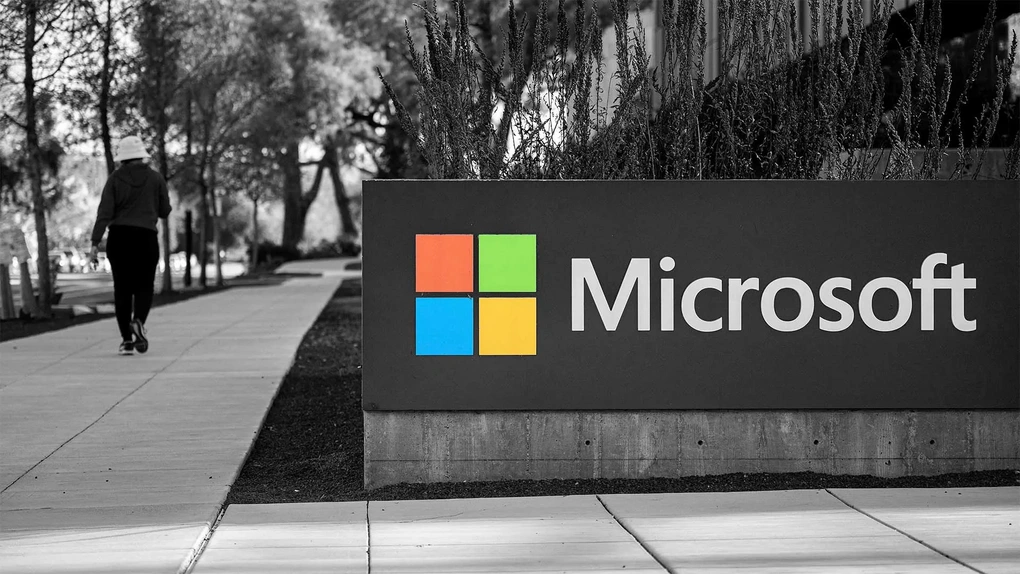
Microsoft has been making large-scale layoffs in recent years. In 2025 alone, the tech giant will cut more than 15,000 people (Photo: Getty).
Analysts say there are two main motivations behind Microsoft's decision to lay off employees this time.
The first is to offset the huge costs companies are pouring into AI infrastructure. Building and operating large language models (LLMs), data centers, and supercomputers to support AI is costing tens of billions of dollars, according to Bloomberg Intelligence expert Anurag Rana.
To maintain its commitment to Wall Street on controlling spending, Microsoft was forced to cut staff, especially in traditional departments and middle management levels, to streamline the apparatus and focus on investing in AI.
Second is the rise of automation brought by AI itself. Artificial intelligence is not only a commercial product but is also becoming a tool to reshape the internal operations of businesses.
AI-powered programming assistants are becoming increasingly powerful, automating many tasks that programmers typically do. Google has launched its own tool, and while Microsoft has yet to officially announce it, observers say the company is pushing to use the technology in its internal processes.
That has raised concerns that AI itself is making some engineering jobs redundant, forcing Microsoft to restructure its software development teams.
Cut to Speed: Microsoft Rebuilds Its Machine in the Spirit of the AI Age
Another important aspect of the restructuring is the effort to “flatten” the organizational structure. Microsoft is actively eliminating layers of middle management to shorten the distance between senior leadership and front-line employees.
In an email to employees, Phil Spencer, CEO of Gaming, wrote: "We will follow Microsoft's model of reducing middle management to increase flexibility and efficiency."
The clear goal is to create a more agile organization that can make decisions and deploy products faster to keep up with the rapid pace of the AI market. The affected departments span sales, marketing, and Xbox, suggesting that this is a comprehensive strategy rather than a niche one.
Microsoft’s move stands out when placed next to its competitors. While Microsoft is cutting back, Meta (Facebook’s parent company) is reportedly spending $3 billion to recruit the world’s best AI researchers.
This reflects a clear trend in the tech industry: Big tech is making a massive reallocation of resources, cutting thousands of jobs in slow-growth or automation-friendly areas to focus money and attention on attracting a smaller but more elite pool of AI experts.
This war for talent is costly, where having the best minds can determine who wins and who loses.
The Future of Work in the Age of AI: Challenges and Opportunities
The layoffs at Microsoft and Meta’s AI hiring spree are a stark illustration of the profound transformation of the tech labor market in the AI era. AI is changing the nature of many jobs, especially those that are repetitive or can be automated.
Analysts predict that the role of programmers will continue to change rapidly, and those in the field could be directly impacted by restructuring. A report by the World Economic Forum estimates that AI will replace about 85 million jobs by 2025, and 60% of current jobs will require significant adaptation.
However, AI is not just a threat, it is also a driver of new job opportunities. Roles related to AI, machine learning, and cloud engineering are in high demand. While some traditional jobs may be lost, the transformation brought about by AI is creating new roles in specialized AI fields, cybersecurity, and data analytics.
Data from PwC shows that AI skills bring up to 56% higher salaries, and industries with high exposure to AI have 3 times higher revenue growth per employee.
Microsoft’s decision to cut 9,000 jobs is not a sign of weakness, but rather a sign of a tectonic shift in the industry. It signals a future where efficiency, speed, and dominance in AI are paramount. For investors, it’s a commitment to focus on the hottest growth areas.
But for tens of thousands of workers in the industry, it carries a troubling message: Their roles are changing faster than ever, and their ability to adapt to the AI era will be a key to survival. The shakeup at Microsoft is just the first chapter in a long story about the transformation of labor in the tech world.
Source: https://dantri.com.vn/kinh-doanh/con-bao-sa-thai-tai-microsoft-cuoc-thay-mau-ton-kem-cho-ky-nguyen-ai-20250703121910663.htm



![[Photo] Prime Minister Pham Minh Chinh meets with Speaker of the New Zealand Parliament Gerry Brownlee](https://vphoto.vietnam.vn/thumb/1200x675/vietnam/resource/IMAGE/2025/8/28/cec2630220ec49efbb04030e664995db)
![[Photo] Red flag with yellow star flutters in France on National Day September 2](https://vphoto.vietnam.vn/thumb/1200x675/vietnam/resource/IMAGE/2025/8/28/f6fc12215220488bb859230b86b9cc12)
![[Photo] General Secretary To Lam presents the 45-year Party membership badge to comrade Phan Dinh Trac](https://vphoto.vietnam.vn/thumb/1200x675/vietnam/resource/IMAGE/2025/8/28/e2f08c400e504e38ac694bc6142ac331)

![[Photo] General Secretary To Lam attends the opening ceremony of the National Achievements Exhibition](https://vphoto.vietnam.vn/thumb/1200x675/vietnam/resource/IMAGE/2025/8/28/d371751d37634474bb3d91c6f701be7f)
![[Photo] Politburo works with the Standing Committee of Cao Bang Provincial Party Committee and Hue City Party Committee](https://vphoto.vietnam.vn/thumb/1200x675/vietnam/resource/IMAGE/2025/8/28/fee8a847b1ff45188749eb0299c512b2)






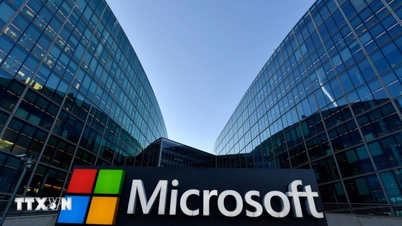

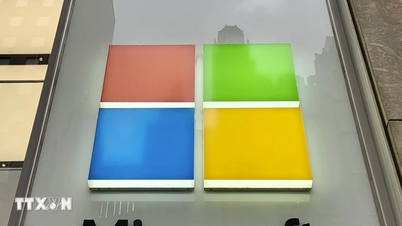



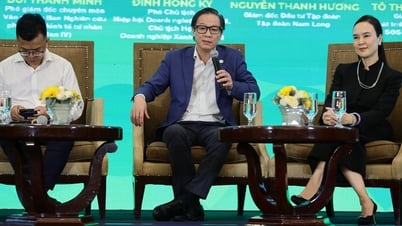
























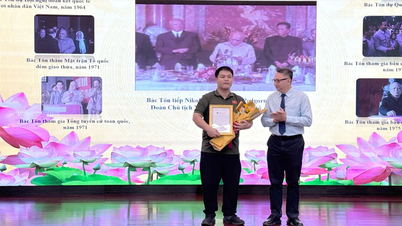

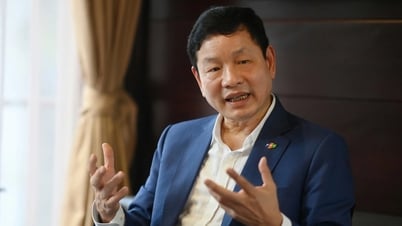





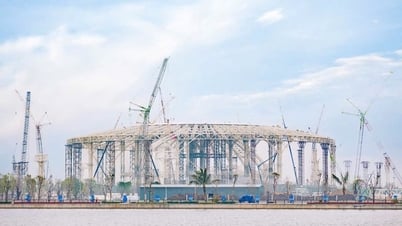


























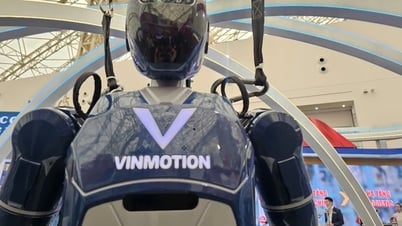













Comment (0)